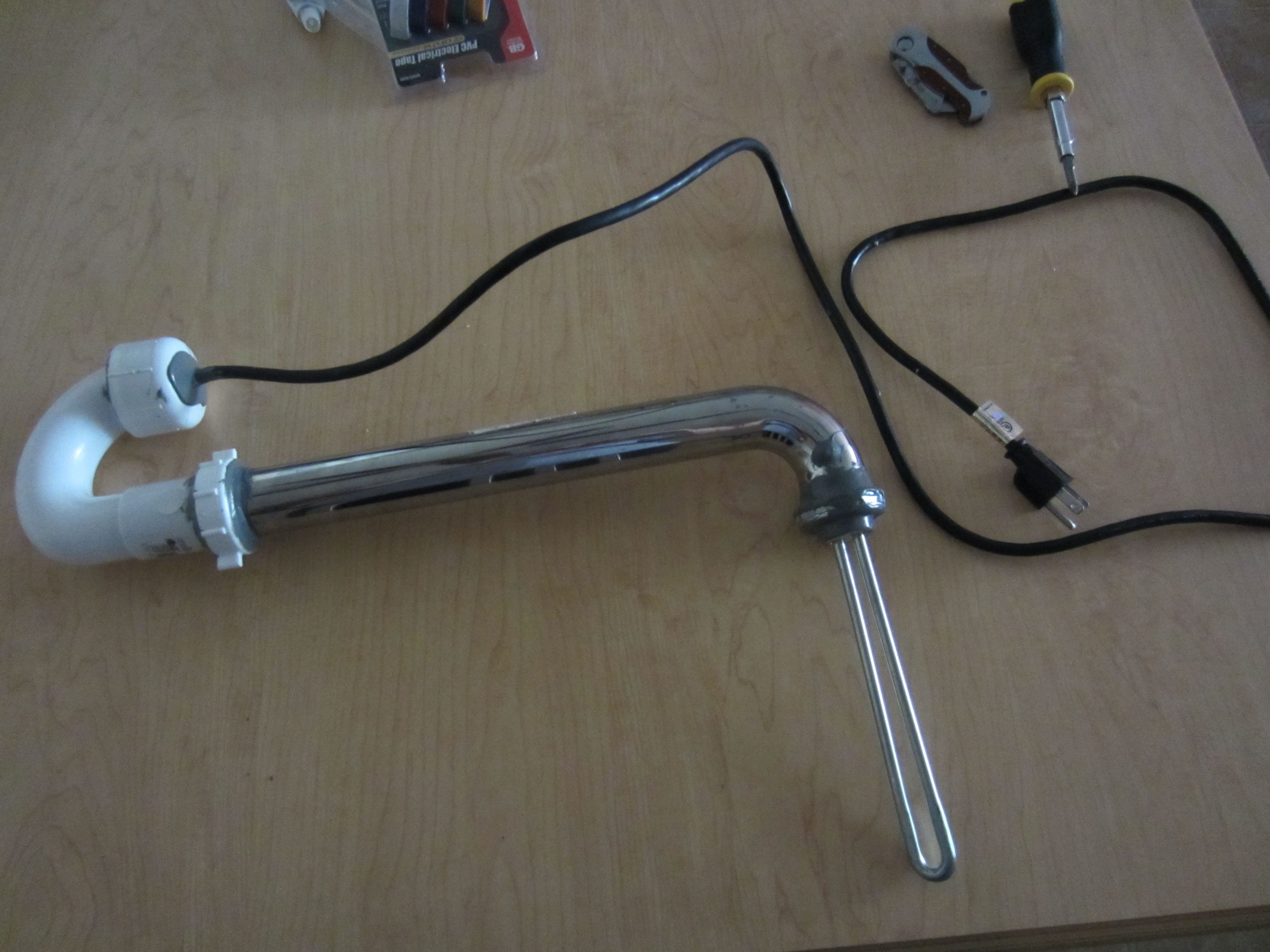I'm slowly upgrading my brewing setup and I'm debating where my next move should be a propane burner/stand or if I should buy a mash tun instead. Currently when I all grain brew I've been doing small 2 gallon batches BIAB style. Now I want to start moving towards traditional all grain brewing and 5 gallon batches.
Trouble is my stovetops electric burner just doesn't put out enough heat to get what I would consider a "rolling" boil. If I do more than 3 gallons of liquid I get bubbles but never much more.
Last time I did boil for 5 gallons I took a temperature reading and my floating thermometer reads 211.6 at the top of the liquid, so we're close. But every recipe I read seems to mention you need a rolling boil specifically, it's just never been explained to me why.
211 is plenty sterile, so what else is happening by bringing out that rolling boil?
Basically I'm trying to figure out if I need to solve this issue first before I invest in a mash tun and suddenly need to deal with a 6 gallon boil. Or can I defer the burner purchase temporarily/indefinitely?
Trouble is my stovetops electric burner just doesn't put out enough heat to get what I would consider a "rolling" boil. If I do more than 3 gallons of liquid I get bubbles but never much more.
Last time I did boil for 5 gallons I took a temperature reading and my floating thermometer reads 211.6 at the top of the liquid, so we're close. But every recipe I read seems to mention you need a rolling boil specifically, it's just never been explained to me why.
211 is plenty sterile, so what else is happening by bringing out that rolling boil?
Basically I'm trying to figure out if I need to solve this issue first before I invest in a mash tun and suddenly need to deal with a 6 gallon boil. Or can I defer the burner purchase temporarily/indefinitely?


